(click on any image to see the entire gallery)
Cardinal Airplant (Tillandsia fasciculata)
A beautiful cluster of cardinal airplants in bloom growing in a cypress tree in the Florida Everglades near Homestead. These endangered epiphytes are often visited by hummingbirds.
Cardinal Airplant (Tillandsia fasciculata)
This massive yet common airplant in the wilder parts of the Florida Everglades blooms in the winter among the cypress groves and hammocks of the swamps.
Cardinal Airplant (Tillandsia fasciculata)
Close-up of the inflorescence of the cardinal airplant, photographed here deep in the Fakahatchee Strand of Southwest Florida. You can just see a few of the purple flowers emerging.
There is a sense of confusion with many people who erroneously call these plants orchids, which often grow side by side with bromeliads, and are equally rare and threatened, but are not in the least closely related.
Fuzzywuzzy Airplant (Tillandsia pruinosa)
Also known as the hoary airplant, this rare bromeliad is infrequently seen in the Fakahatchee Strand in SW Florida, as this one was.
Bromeliads get their nutrients much the same way as orchids do, directly from the air, through rainwater, and sometimes from organic matter or dead insects that accumulates in the trapped water between the leaves. Ecologically, these water-holding leaves are important places for many small animals to hide, lay eggs, or provide a shelter or hiding place.
Northern Needleleaf (Tillandsia balbisiana)
 Nodding Strap Airplant (Catopsis nutans)
Nodding Strap Airplant (Catopsis nutans)
The super-rare nodding strap airplant growing over a pond in the Fakahatchee Strand in SW Florida.
Threat #2 Over-collecting. In the past 20-30 years, it has become popular to have collections of bromeliads. As demand increases, so does poaching and since these plants usually grow in such remote locations, the chance of being caught is almost non-existent.
Potbelly Airplant (Tillandsia paucifolia)
Potbelly airplant growing in the Everglades National Park. These are very common in the wetlands of South Florida, and are most often found on cypress trees.
Threat #3 Invasive Species The biggest threat so far in the invasive and widespread Mexican bromeliad weevil (Metamasius callizona) which lays its eggs in the bromeliads, and the hatching larvae feed on their host, killing it. There is a native counterpart, the Florida bromeliad weevil (Metamasius mosieri) that has the same needs for reproduction, but as our native species evolve together over the millennia – our native bromeliads can survive being the nursery and host to their parasitic native counterparts. Since there is no natural predator to the Mexican weevil, it is increasing in numbers and range across Florida since its natural predators are still in Mexico.
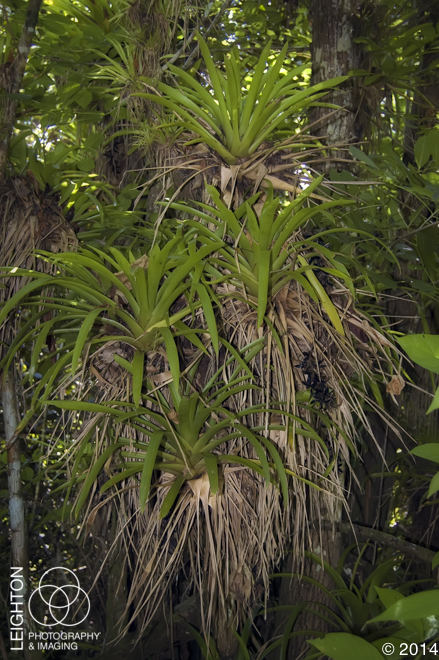 West Indian Tufted Airplants (Guzmania monostachia)
West Indian Tufted Airplants (Guzmania monostachia)
Bromeliads are as common as orchids in the Fakahatchee Strand in Collier County, Florida. These huge West Indian tufted airplants have literally covered this pond apple tree.
Just a quick thank you for the massive response from my last couple of posts! Since so many of you are in Florida or spend at least part of your time there, I decided to add this post on bromeliads. If you would like to see a post on anything about photography, wildlife photography or anything else related, please let me know in the comments below and I’ll do my best to get something put together for you as soon as humanly possible.
Sharing and commenting via the social media links below will help me greatly, and is much appreciated.
Thank you in advance!
ALL IMAGES ARE AVAILABLE FOR PRINT OR DIGITAL DOWNLOAD. JUST CLICK ON THE IMAGE AND ADD TO CART.


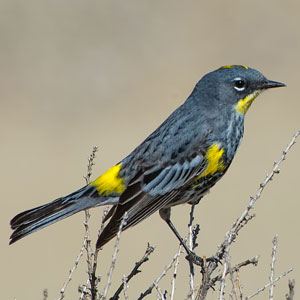





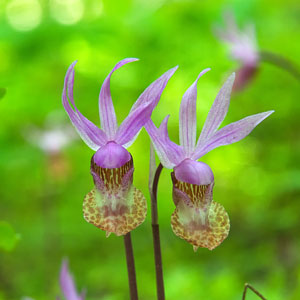







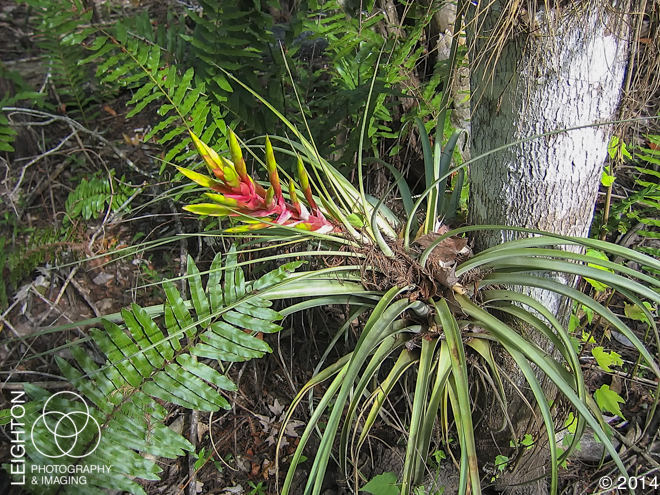



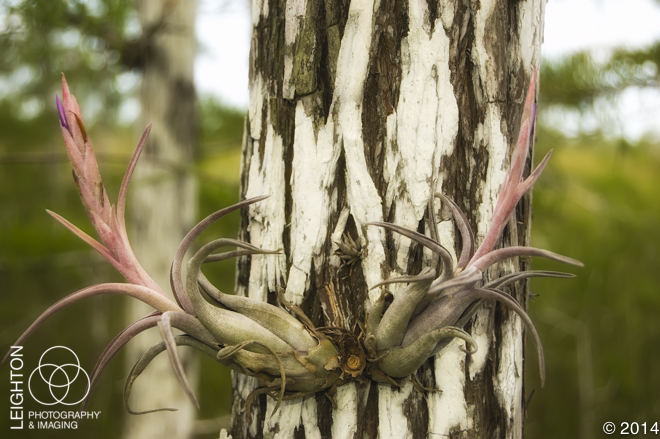




0 Comments